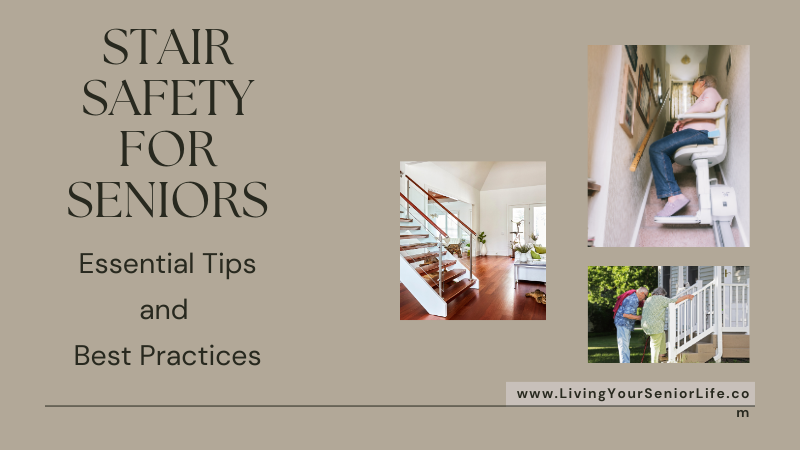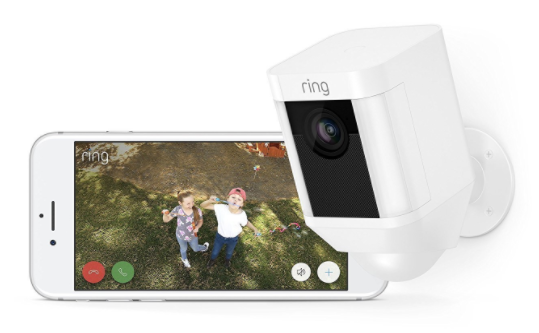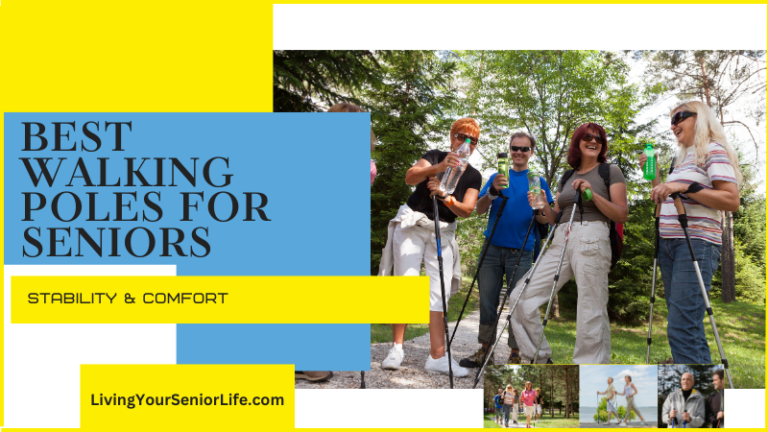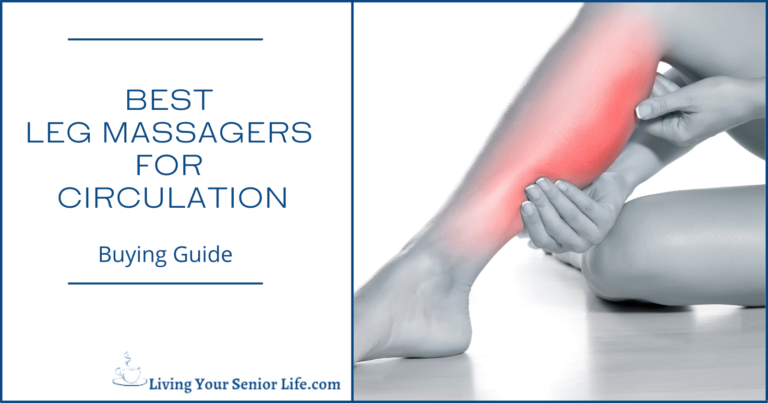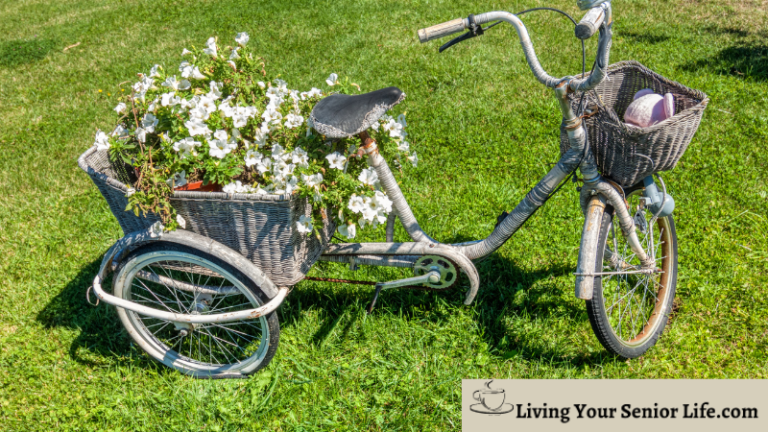As we age, maintaining safety within our homes becomes increasingly important, and one area that often poses significant risks is the staircase. For seniors, navigating stairs can be particularly challenging due to reduced mobility, balance issues, and other health-related concerns. Ensuring stair safety is crucial to prevent falls and injuries, which can have serious consequences for older adults. In this blog post, we will explore essential tips and best practices to enhance stair safety for seniors. From practical modifications to helpful habits, these strategies will help create a safer environment, promoting independence and peace of mind.
Key Takeaways:
- Simple home modifications can significantly enhance stair safety for seniors.
- Proper lighting and sturdy handrails reduce tripping hazards.
- Assistive devices and regular maintenance provide additional support.
Stair safety for seniors is a critical aspect of home safety that can significantly impact the quality of life for older adults. As mobility decreases with age, the risk of falls increases, making staircases one of the most hazardous areas in a home. Implementing effective safety measures can help prevent accidents and provide peace of mind for both seniors and their family members.
Understanding the Risks
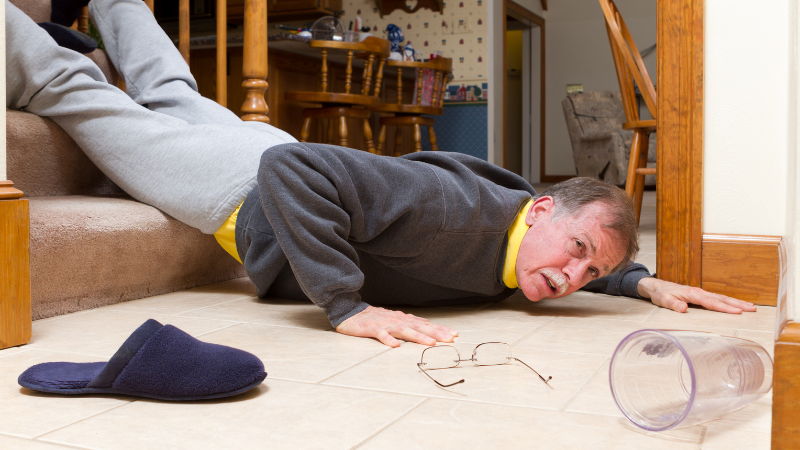
Older adults are at a higher risk of falling due to factors such as poor vision, chronic pain, and physical limitations. Falls can result in serious injuries, including hip fractures, which can lead to a loss of independence and the need for long-term care. Vision issues, such as depth perception problems and vision impairments, can make it difficult for seniors to navigate stairs safely. Poor lighting and tripping hazards, like loose rugs or clutter, further increase the risk of falls.
Essential Safety Measures
- Install Sturdy Handrails: Secure handrails on both sides of the staircase provide additional support and stability for seniors. Handrails should extend the entire length of the stairs and be installed at adult elbow height for optimal support.
- Improve Lighting: Good lighting is crucial for stair safety. Install bright lights at the top and bottom of the stairs, and consider motion sensor lights for added convenience. Overhead lighting and light switches at both ends of the staircase can help prevent accidents caused by poor lighting.
- Use Non-Slip Treads: Stair treads with a non-slip surface can prevent slipping and falling. Carpet runners and non-slip treads are effective ways to increase traction on stairs.
- Remove Any Tripping Hazards: Remove any loose rugs or clutter near the stairs that could pose a tripping hazard.
- Regular Maintenance: Regularly check and maintain staircases to ensure they are in good condition. Fix any loose or broken steps, and secure handrails.
- Consider Home Modifications: In some cases, home modifications such as installing a stair lift or wheelchair ramp may be necessary. These assistive devices can provide a much-needed break for seniors with significant mobility issues.
- Use Visual Cues: Mark the edges of steps with bright, contrasting tape to enhance visibility and depth perception. This can be particularly helpful for seniors with vision difficulties.
- Encourage Regular Exercise: Regular exercise can improve balance and strength, reducing the risk of falls. Consult with a healthcare provider to develop a safe exercise routine tailored to the senior’s specific needs.
- Engage Professional Help: An occupational therapist or physical therapist can conduct an on-site inspection and recommend additional safety features or modifications. A maintenance contract with a qualified carpet installer can ensure carpet runners and non-slip treads are properly maintained.
Additional Tips for Stair Safety
- Ensure the bottom of the stairs is clear of any obstacles.
- Consider installing a stair lighting kit to maintain lower illumination levels.
- Avoid open tread stairs, as they can be more challenging for seniors to navigate.
- Use shoes with a non-slip sole to reduce the risk of slipping.
- Educate family members and caregivers about the importance of stair safety measures.
Key Safety Features and Modifications
Safety features and modifications can make stairs safer. This section covers essential modifications like installing proper handrails, enhancing visibility with adequate lighting, improving surface traction, and using adaptive equipment.
Importance of Proper Handrails
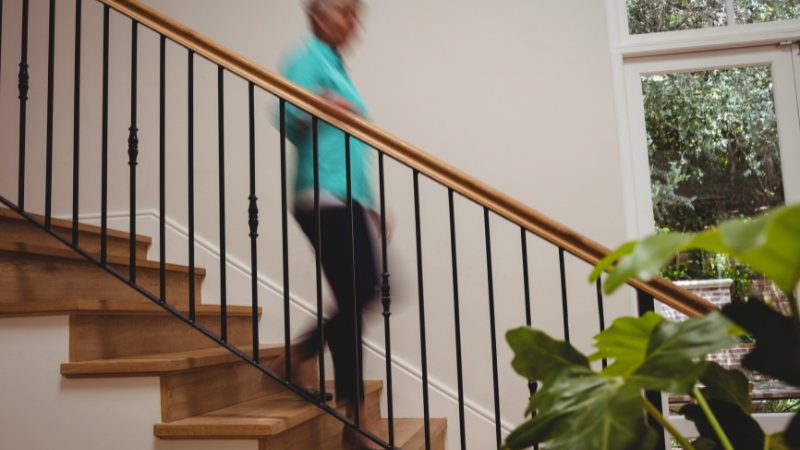
Proper handrails are crucial for safety and stability on stairs. Ensure the handrails are secure and extend the full length of the staircase. Dual handrails on both sides provide extra support and confidence.
Key Features:
- Stability: Handrails should be sturdy and well-anchored.
- Length: They should run from the top to the bottom of the stairs.
- Height: Handrails should be at a comfortable height, typically around 34-38 inches from the stair nosing.
Enhancing Visibility with Adequate Lighting
Good lighting is vital for preventing missteps. Install bright lights at the top and bottom of the stairs and use additional lighting along the steps.
Adequate lighting ensures each step is clearly seen, reducing the risk of trips and falls. Make sure you regularly check and replace light bulbs.
Key Practices:
- Bright Lighting: Use overhead fixtures and wall-mounted lights.
- Contrasting Colors: Highlight each step with contrasting colors to make them more visible.
Improving Surface Traction
Slippery surfaces are a common cause of falls. Increasing surface traction can significantly enhance stair safety. These measures increase traction and reduce the likelihood of slipping.
Common Solutions:
- Anti-Slip Tape: Apply anti-slip tape to each step, focusing on the edge of the steps or stair nosings.
- Non-Slip Carpeting: Use carpeted stairs or non-slip carpeting.
- Rubber Treads: Rubber stair treads can provide a secure foothold.
Stair Modification and Adaptive Equipment
Certain modifications and adaptive equipment can help make stairs safer and easier to navigate.
Effective Modifications:
- Adjusting Step Height: Make sure steps are uniform in height and depth.
- Stairlifts: Install a stairlift to eliminate the need to walk up and down stairs.
- Brackets with Decorative End Caps: These can provide stability and an elegant look.
- Eliminating Clutter: Keep stairs clear of any obstacles.
Stair Design and Assistive Devices
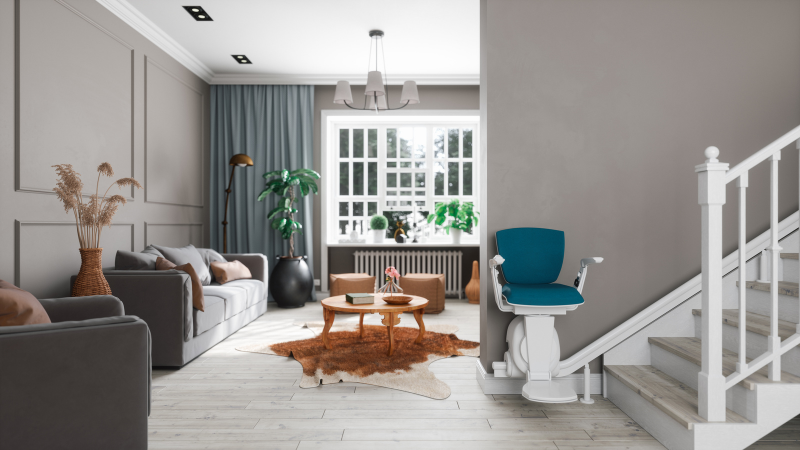
Creating a safe environment for seniors using stairs involves proper design and assistive devices. These elements help maintain mobility and prevent accidents.
Choosing the Right Stairlift and Aids
Choosing a stairlift can significantly increase accessibility for seniors with mobility issues. Stairlifts come with a motorized chair that travels along a track fitted to the stairs. Installation is crucial to ensure safety and functionality. Look for models that offer features like seatbelts, comfortable seating, and easy-to-use controls.
Stairsteady is another option. It’s a mobility aid where a user can push a handle along a rail for support. It is ideal for those who still have some mobility but need extra support.
Conclusion
Prioritizing stair safety for seniors is essential to prevent falls and enhance the overall safety of the home. By implementing the tips and best practices discussed in this post, such as installing sturdy handrails, improving lighting, using non-slip treads, and considering home modifications, you can significantly reduce the risk of stair-related injuries. Regular maintenance and professional help can further ensure the safety of your stairs.
Taking these steps not only protects the physical health of senior citizens but also supports their independence and quality of life. Let’s work together to create a safe and supportive environment for our older loved ones, ensuring they can navigate their homes with confidence and peace of mind.
